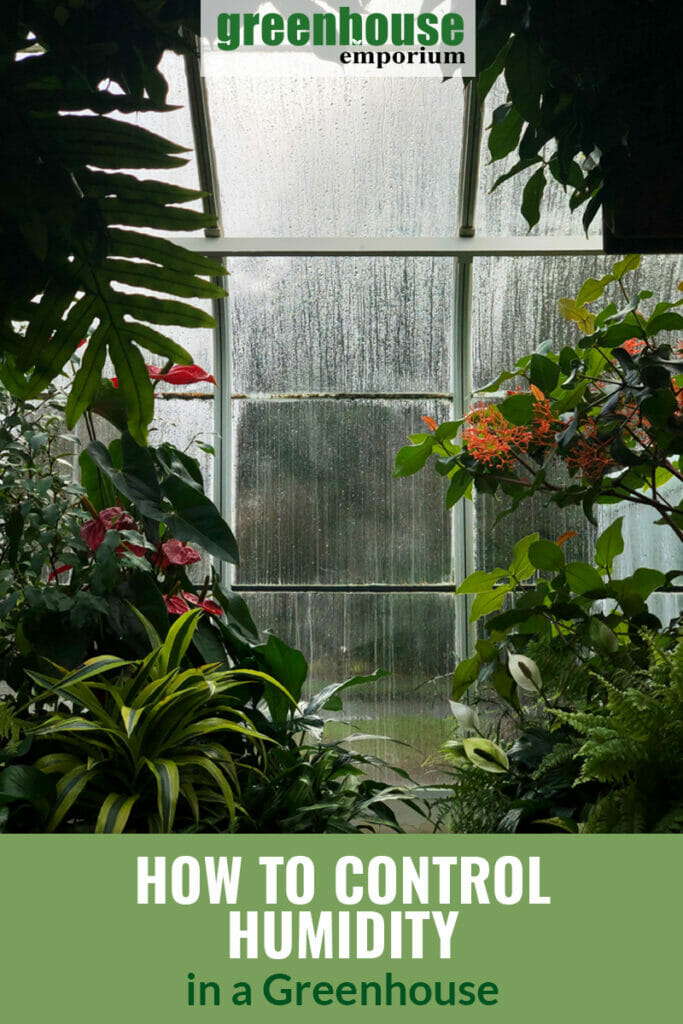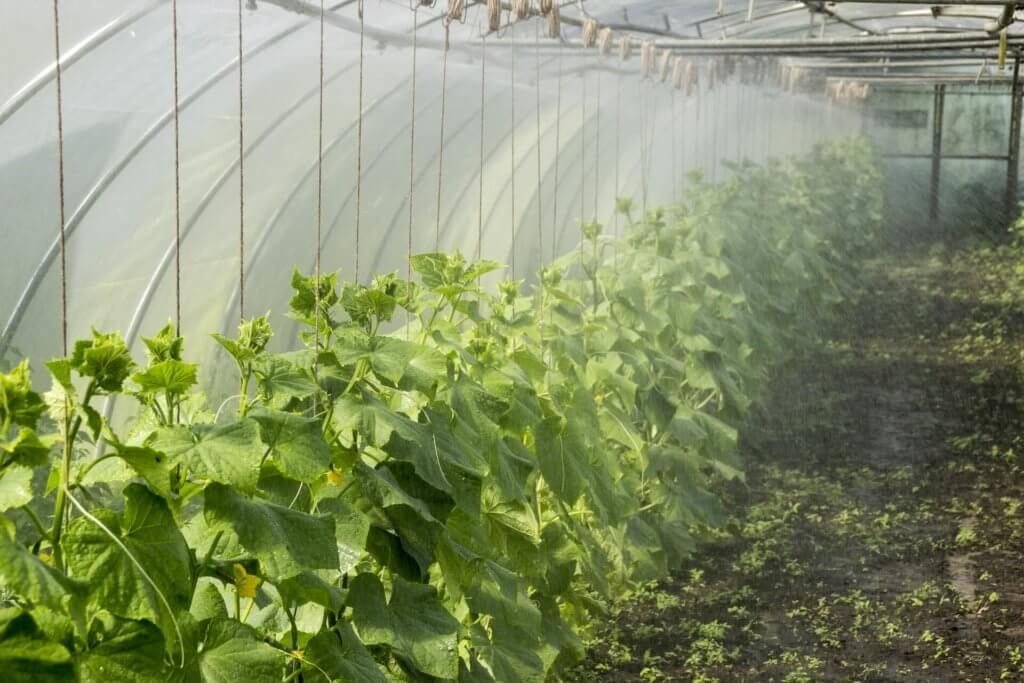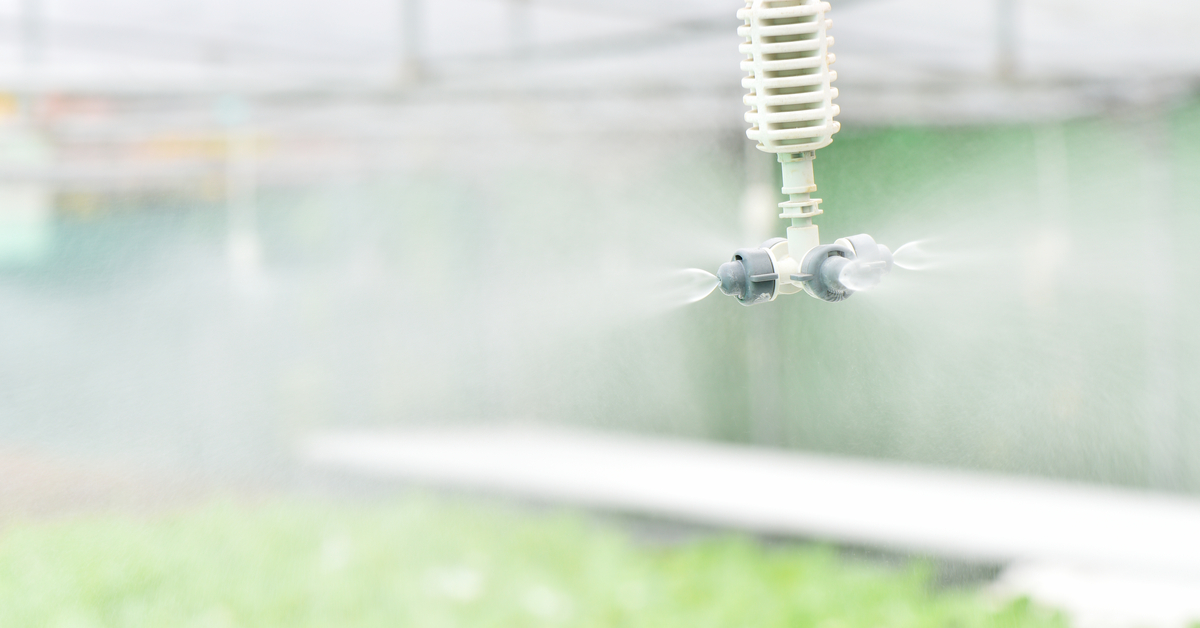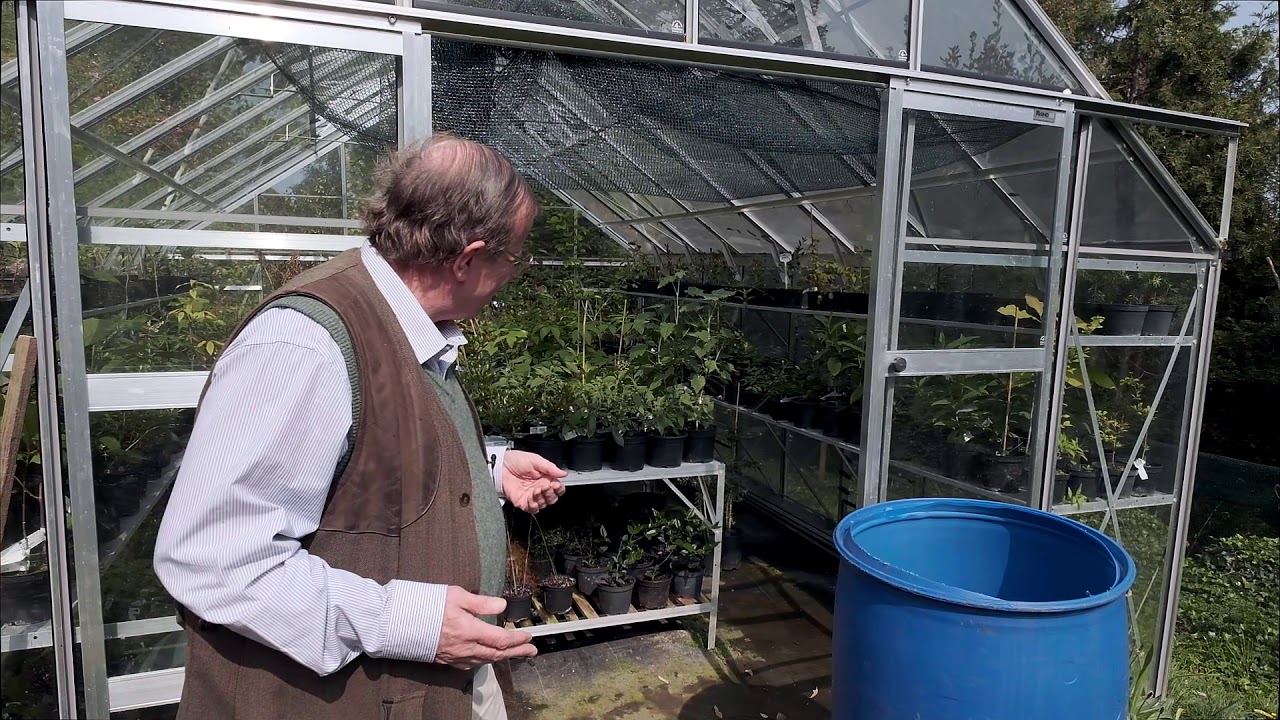To increase humidity in a greenhouse, use misting systems or humidifiers. You can also add water trays and increase plant density.
Maintaining optimal humidity levels in a greenhouse is crucial for plant health and growth. Plants thrive in environments where humidity levels are consistent and appropriate. High humidity supports transpiration, which helps plants absorb nutrients and water effectively. Low humidity can lead to stress, wilting, and even plant diseases.
Understanding how to manage humidity ensures that your greenhouse remains a thriving ecosystem. Simple strategies, like using misting systems or placing water trays, can significantly boost humidity levels. With the right approach, you can create a comfortable environment that fosters healthy growth and maximizes your greenhouse’s potential.

Credit: greenhouseemporium.com
How to Increase Humidity in Greenhouse : Step by Step Guide
Introduction To Greenhouse Humidity
Humidity is very important for plant growth in a greenhouse. It helps plants stay healthy and grow strong. Proper humidity levels can prevent many plant problems.
Low humidity can cause several signs in plants. Leaves may curl or become crispy. Flowers might wilt quickly and drop off. Plants can also show slower growth or stunted leaves.
To check humidity, use a hygrometer. This tool measures the moisture in the air. Keeping humidity between 40% and 70% is best for most plants.
Water Sources And Distribution
Water trays are a simple way to increase humidity. Place trays filled with water in the greenhouse. This allows water to evaporate slowly. Choose shallow trays for better results.
Misting systems can also help with humidity control. These systems spray a fine mist of water. Regular misting keeps the air moist and plants happy. Set timers for automatic misting to maintain consistent humidity levels.
Both methods work well together. Use water trays and misting systems for best results. Monitor humidity levels to ensure plants thrive.
Plant Arrangement Strategies
Grouping plants closely together can help raise humidity levels. This method allows moisture from the soil and leaves to circulate. Plants naturally release water vapor, which helps create a humid environment.
Optimal spacing is key for maintaining humidity. Keep plants about 6 to 12 inches apart. This distance allows for air circulation while still promoting humidity. Avoid overcrowding, as it can lead to mold and disease.
Consider grouping plants with similar humidity needs. This creates a microclimate that benefits all plants. Use trays or pots to catch excess water, which can also increase humidity.
Soil Moisture Management
Choosing the right soil is key for good humidity. Loamy soil holds moisture well. It has a mix of sand, silt, and clay. This mix allows air and water to reach roots easily. Organic matter in soil helps retain moisture. Compost or well-rotted manure can improve soil quality.
Mulching techniques can also help increase humidity. Organic mulch like straw or wood chips keeps soil moist. It reduces evaporation from the soil surface. Mulch also protects plants from extreme temperatures. Apply a layer of mulch around plants for the best results. Regularly check mulch thickness to ensure effectiveness.
Greenhouse Ventilation And Air Circulation
Proper ventilation is key for a healthy greenhouse. Balancing airflow helps maintain the right humidity level. Open vents during the day to allow fresh air in. Close them at night to keep moisture. Monitor the weather to decide when to ventilate.
Use a hygrometer to check humidity levels. High humidity can lead to mold. Low humidity can stress plants. Adjust ventilation based on these readings. Always ensure good air circulation to prevent hot spots.
| Time | Action |
|---|---|
| Morning | Open vents to release heat. |
| Midday | Check humidity; adjust vents as needed. |
| Evening | Close vents to retain warmth. |
Automated Humidity Control Systems
Automated humidity control systems offer many benefits for greenhouses. They help maintain a consistent moisture level. This creates an ideal environment for plants to thrive. Automated systems save time and effort. Growers can focus on other tasks while the system works.
Choosing the right system is important. Consider the size of your greenhouse. Smaller setups may need basic models. Larger greenhouses may require advanced systems. Energy efficiency is also a key factor. Look for systems that use less energy.
| Benefit | Description |
|---|---|
| Time-saving | Reduces manual checks and adjustments. |
| Consistent Conditions | Maintains optimal humidity for plant growth. |
| Energy Efficiency | Lower energy costs with smart technology. |
Regular Monitoring And Adjustments
Regularly check the humidity levels in your greenhouse. Using the right tools makes this easier. Some useful tools include:
| Tool | Purpose |
|---|---|
| Hygrometer | Measures humidity accurately |
| Thermometer | Tracks temperature changes |
| Moisture Meter | Checks soil moisture levels |
Adjust your routine based on the season. In winter, humidity often drops. Use humidifiers to increase moisture. During summer, open vents to reduce humidity. Keep a close eye on plants for signs of stress.
Balancing humidity is key for healthy plants. Make quick adjustments when needed. This ensures your greenhouse remains a thriving environment.

Credit: greenhouseplanter.com
Case Studies And Success Stories
Many gardeners have seen success by using simple methods to increase humidity. One gardener added a misting system that raised humidity levels by 20%. This led to healthier plants and better yields.
Another case involved using water trays filled with pebbles. This method helped maintain moisture without overwatering the plants. Many gardeners found this easy and effective.
Experienced gardeners stress the importance of monitoring humidity levels. Keeping a humidistat can help manage the environment. Regularly checking helps in making necessary adjustments.
Sharing tips with others can improve methods. Joining local gardening groups offers support and ideas. Learning from others’ experiences can lead to better results.

Credit: blog.bluelab.com
Frequently Asked Questions
How Can I Naturally Increase Humidity In My Greenhouse?
To naturally increase humidity, consider adding water features like fountains or ponds. You can also place trays of water near plants. Regular misting can help, as well as using humidity-retaining mulch. Finally, ensure proper ventilation to avoid excessive heat, which can lower humidity levels.
What Plants Thrive In High Humidity Conditions?
Plants like ferns, orchids, and tropical varieties thrive in high humidity. They prefer moisture-rich environments to flourish. Other options include peace lilies and calatheas. Maintaining optimal humidity supports their growth and prevents issues like leaf browning. Always monitor humidity levels for best results.
How Does Humidity Affect Plant Growth In Greenhouses?
Humidity plays a crucial role in plant growth. It helps with transpiration, nutrient uptake, and overall health. High humidity can promote growth but may lead to mold or mildew. Conversely, low humidity can cause stress and slow growth. Balancing humidity is essential for thriving plants.
What Tools Can Help Monitor Greenhouse Humidity?
Use hygrometers to accurately monitor humidity levels in your greenhouse. Digital versions provide real-time data and alerts. You can also consider weather stations that track multiple environmental factors. Regularly checking these tools helps you maintain optimal conditions for plant growth.
Conclusion
Increasing humidity in your greenhouse is essential for healthy plant growth. Simple techniques like misting, using humidity trays, and covering plants can make a significant difference. Regular monitoring will help you maintain optimal levels. Implement these strategies to create a thriving environment for your plants and boost your greenhouse’s productivity.

